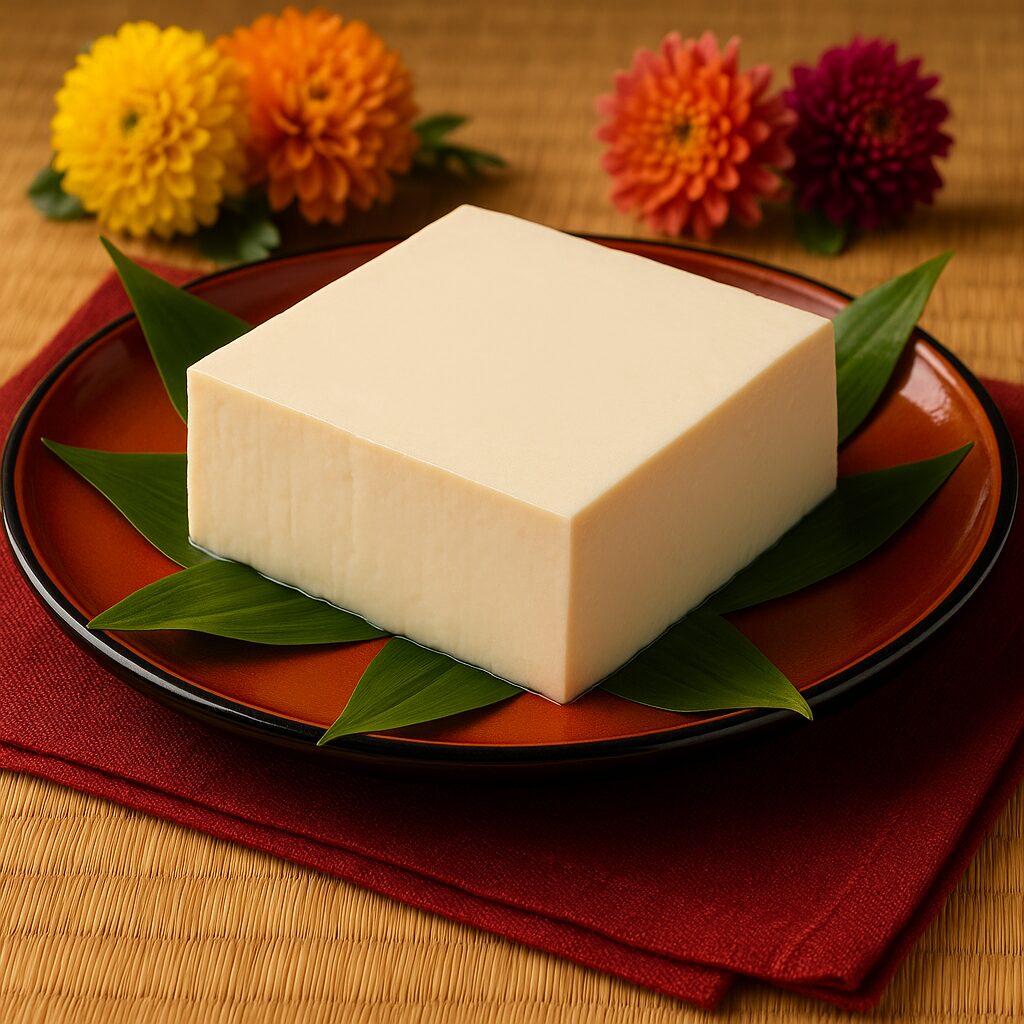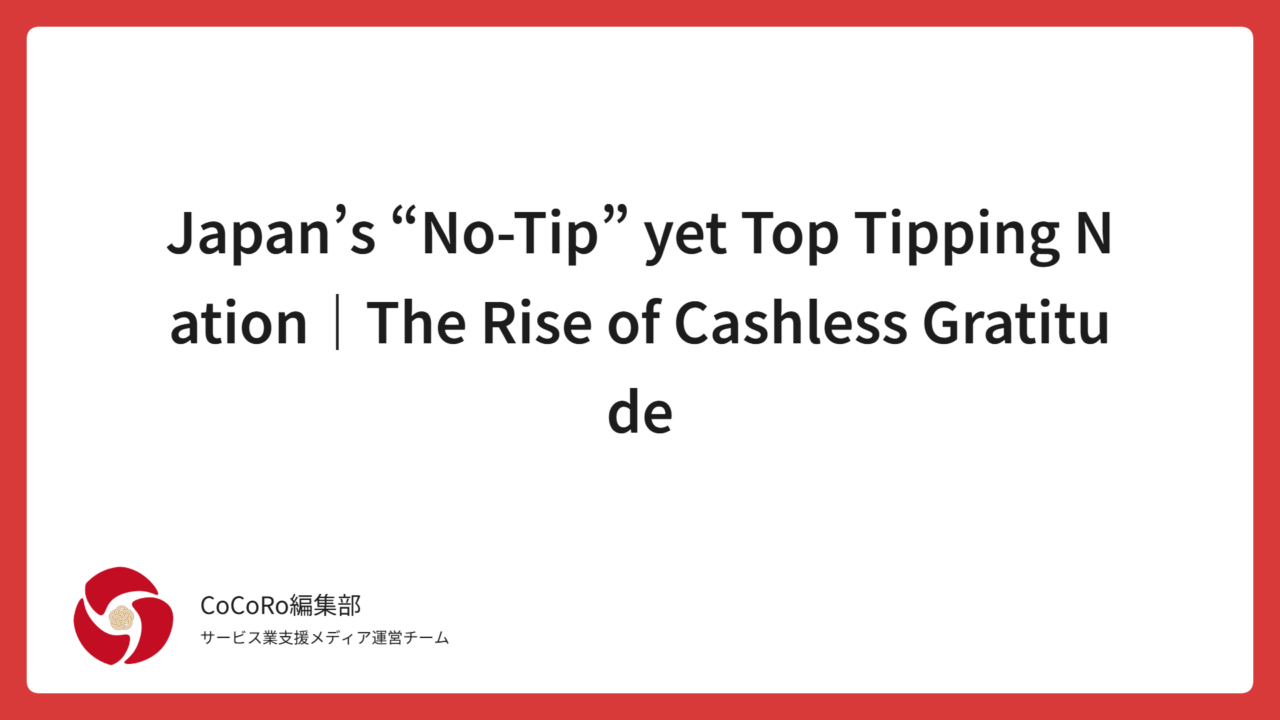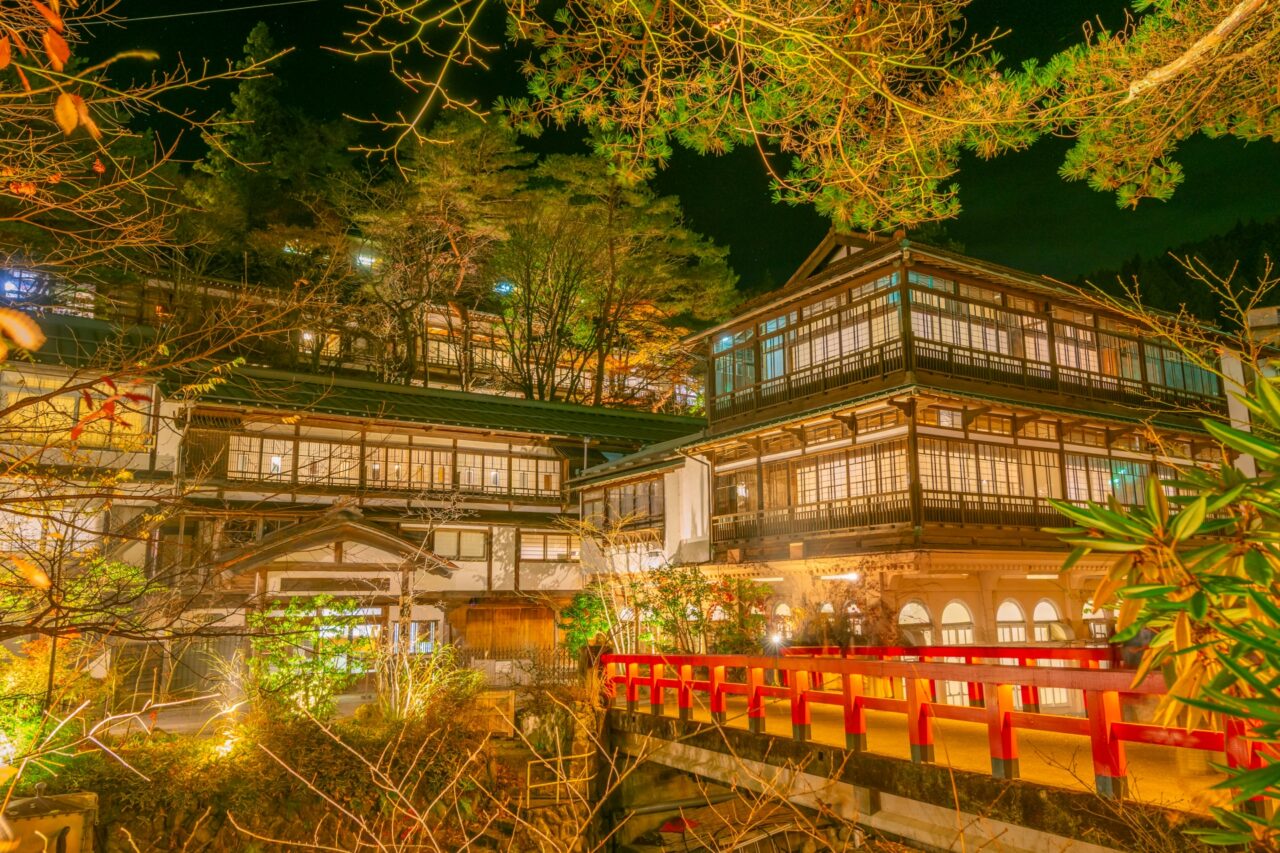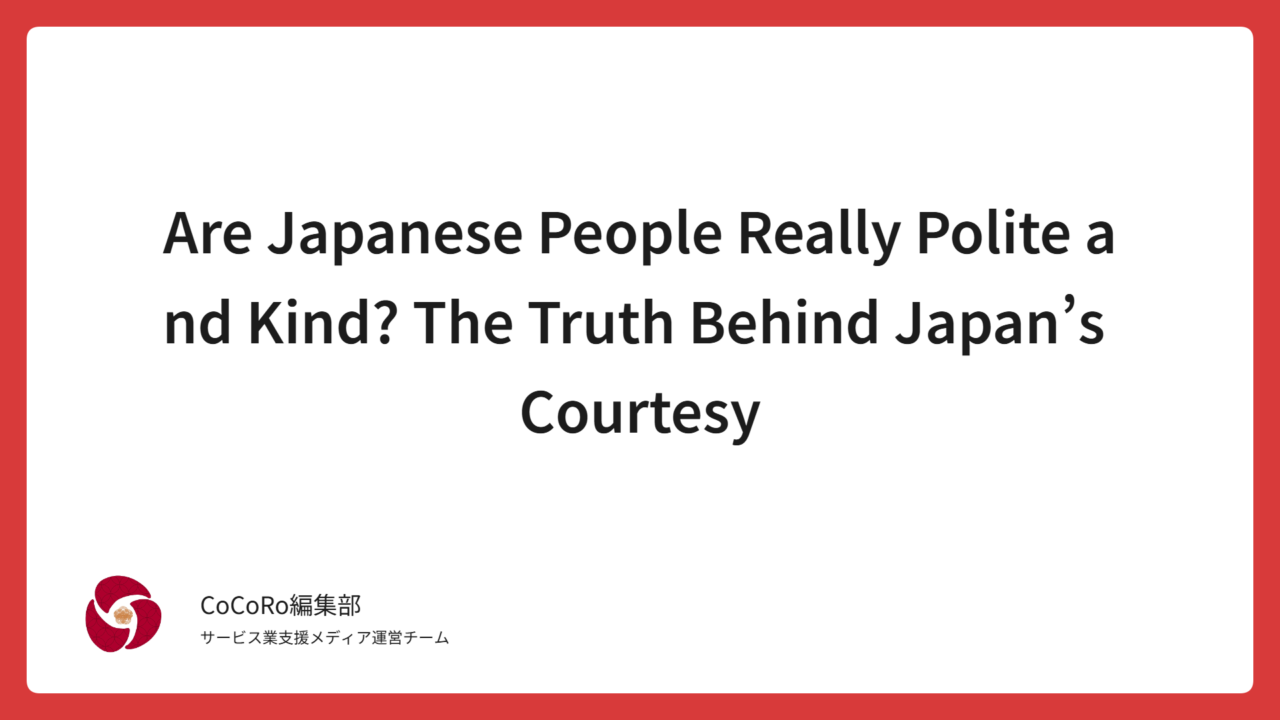
- Introduction: Why Does “Tofu Culture” Matter Today?
- Chapter 1: The Origins of Tofu and Its Journey to Japan
- Chapter 2: Regional Diversity — How Japan’s Landscapes Shaped Its Tofu Culture
- Chapter 3: The Japanese Aesthetic of “Tanmi” — The Beauty of Subtle Flavor
- Chapter 4: Japanese Cuisine Where Tofu Takes Center Stage
- Chapter 5: Global Perspectives and the Future of Tofu
- Epilogue: To Know Tofu Is to Know Japan
Introduction: Why Does “Tofu Culture” Matter Today?
Tofu is one of the most essential ingredients in Japanese cuisine.
From chilled hiyayakko in summer to warm miso soup, soothing yudōfu, and even mābō dōfu — tofu appears on nearly every Japanese dining table, enjoyed throughout the year and across generations.
In recent years, the word “tofu” has become familiar far beyond Japan.
With the rise of veganism and global health awareness, tofu is being rediscovered as a plant-based protein and a sustainable food choice that fits perfectly with modern lifestyles.
However, in Japan, tofu is far more than a healthy or budget-friendly food.
It is a culture of the heart — a symbol of purity, simplicity, and gratitude that has evolved alongside the everyday lives of Japanese people for centuries.
In this article, we explore the world of Japanese tofu culture — tracing its rich history, regional diversity, traditional dishes, and the unique ways Japan’s relationship with tofu differs from the rest of the world — and what its future may hold.

Chapter 1: The Origins of Tofu and Its Journey to Japan
1-1. The Beginning of Tofu — An Ancient Invention in China
The origin of tofu dates back over 2,000 years to China’s Han dynasty (around the 2nd century BCE).
According to legend, Prince Liu An of Huainan invented tofu while studying the art of creating an “immortal elixir” — a mythical food believed to grant longevity and spiritual purity.
He discovered that by curdling soy milk—made from ground and boiled soybeans—with nigari (magnesium chloride extracted from seawater), he could create a soft, delicate curd.
Remarkably, this ancient process remains almost unchanged in tofu making today.
For Buddhist monks who abstained from eating meat, tofu became an invaluable source of plant-based protein, and its popularity soon spread across East Asia, shaping the foundation of a shared culinary culture.
1-2. The Arrival of Tofu in Japan — Brought by Buddhism
Tofu is believed to have been introduced to Japan during the Nara to Heian periods (8th–9th centuries).
Alongside the Buddhist precept of non-violence (fusesshō — refraining from taking life), tofu took root in temple kitchens as a central ingredient in shōjin ryōri, the traditional Buddhist vegetarian cuisine.
The oldest record of tofu in Japan appears in an inscription at Tōdai-ji Temple in Nara, dated 1183, which mentions the word “tōfu” (then written as 唐府, meaning “Chinese curd”).
At that time, tofu was a rare and precious food, enjoyed only by Buddhist monks and members of the aristocracy.
However, as Zen Buddhism spread throughout Japan, tofu gradually found its way into the daily lives of ordinary people and eventually became a staple across the nation.
1-3. The Edo Period — When Tofu Became the Taste of the People
During the Edo period (1603–1868), tofu firmly established itself as the taste of the common people.
In Japan’s growing cities, tofu shops appeared everywhere, and the sound of vendors blowing bamboo horns as they walked through the streets selling fresh tofu became a familiar part of daily life.
In 1782, a cookbook titled Tōfu Hyakuchin (“One Hundred Tofu Recipes”) was published, featuring more than one hundred creative ways to prepare tofu.
Boiled, grilled, fried — tofu appeared in every kind of home-cooked dish and became a true symbol of Edo’s culinary culture.
For the people of that time, tofu was seen as an affordable, nutritious, and endlessly satisfying food — simple yet deeply comforting.
That reputation has endured to this day, making tofu a timeless symbol of Japanese culinary tradition.
Chapter 2: Regional Diversity — How Japan’s Landscapes Shaped Its Tofu Culture
Japan stretches long from north to south, and its water quality, climate, religious beliefs, and food culture vary greatly from region to region.
As a result, the taste and texture of tofu also differ across the country, reflecting the unique character of each local tradition.
2-1. East and West — The Contrast Between Kanto and Kansai Tofu
| Region | Main Type | Texture & Flavor | Typical Dishes |
|---|---|---|---|
| Kanto (Eastern Japan) | Momen-dōfu (cotton tofu) | Firm, hearty, holds shape well | Miso soup, stir-fried dishes, hot pots |
| Kansai (Western Japan) | Kinu-goshi dōfu (silken tofu) | Soft, smooth, elegant flavor | Yudōfu, hiyayakko, dengaku |
In the Kantō region, where the water tends to be slightly harder, cotton tofu (momen-dōfu) with a firm and hearty texture is the local favorite.
By contrast, Kyoto, blessed with naturally soft water, gave rise to silken tofu (kinu-goshi dōfu) — smooth, delicate, and elegant, much like the city’s refined culinary tradition.
In other words, even though it’s the same tofu, the difference in water quality has given birth to entirely different food cultures across Japan.
2-2. Local Tofu Traditions Across Japan
- Tohoku (Northeast Japan): In the snow country, shimi-dōfu or frozen tofu (known as kōya-dōfu) was developed as a preserved food, a testament to northern ingenuity.
- Chūbu (Central Japan): In mountain regions such as Nagano and Gifu, clear spring water produces firm, flavorful tofu — often enjoyed as miso dengaku grilled with sweet miso paste.
- Kansai (Western Japan): Kyoto’s yudōfu is a culinary art form — tofu simmered in a light broth and savored with grace.
- Kyushu (Southern Japan): A softer and slightly sweeter tofu is favored, complementing local dishes such as agedashi-dōfu and cold tofu salads.
- Okinawa: The islands produce shima-dōfu (island tofu), made with seawater instead of nigari, giving it a firm texture and rich flavor. Okinawa is also known for tōfu-yō, a fermented tofu delicacy reminiscent of cheese.
Each regional style reflects the land and people who created it.
In that sense, tofu is like a “culinary dialect” — the same ingredient, spoken in many local tongues.
Chapter 3: The Japanese Aesthetic of “Tanmi” — The Beauty of Subtle Flavor
To understand the true charm of tofu, one must first appreciate the uniquely Japanese concept of “tanmi” (淡味) — the beauty of subtle flavor.
It is an aesthetic that finds depth and resonance within restraint, where flavor does not shout but whispers, leaving a lingering sense of calm satisfaction.
A few drops of soy sauce on chilled hiyayakko, a hint of kombu broth in warm yudōfu — such is the essence of tofu in Japan.
Its flavor represents the very philosophy of Japanese cooking: not to add, but to draw out what is already there.
3-1. The “Unspoken Flavor” Nurtured by Buddhist Cuisine (Shōjin Ryōri)
In Buddhist cuisine (shōjin ryōri), each meal is prepared with gratitude for the life of every ingredient, honoring its natural essence rather than masking it.
Among these ingredients, tofu stands as a symbol — pure, balanced, and quietly profound.
It is not about flashy umami, but about a gentle sweetness;
not about saltiness, but about harmony.
The tanmi of tofu reflects the very spiritual sensibility of the Japanese people — a beauty found in restraint, humility, and grace.
3-2. The Symbolism of White — What the Color of Tofu Reveals
In Japanese culture, the color white symbolizes purity, simplicity, and harmony.
Washi paper, white rice, freshly fallen snow — and tofu.
All are expressions of what Japanese people consider truly beautiful: a quiet color that radiates serenity rather than brilliance.
Within the soft whiteness of tofu lies a quiet sense of purity and humility —
a beauty that reflects the Japanese spirit of grace through simplicity.
Chapter 4: Japanese Cuisine Where Tofu Takes Center Stage
Tofu is a rare ingredient that can play both the leading role and the supporting part in Japanese cuisine.
Whether served fresh, simmered, or fried, it offers endless possibilities — always gentle, always satisfying.
Let’s take a closer look at some of Japan’s most beloved tofu dishes.
4-1. Classic Tofu Dishes — The Timeless Favorites of Japan
- Hiyayakko (Chilled Tofu) — A beloved summer classic.
Served cold with grated ginger, green onions, and a drizzle of soy sauce, it allows you to taste the tofu’s natural sweetness and refreshing texture. Yudōfu (Hot Tofu) — A beloved winter tradition in Kyoto.
Gently warmed in kombu broth and enjoyed with ponzu or sesame sauce, this dish embodies the quiet elegance of Kyoto’s winter cuisine, offering warmth and simplicity in every bite.- Agedashi Dōfu (Deep-Fried Tofu in Broth) — Crispy on the outside, silky within.
This golden balance of texture and flavor makes agedashi dōfu a beloved classic of Japanese cuisine — comforting, refined, and irresistibly satisfying. - Tofu Dengaku (Grilled Tofu with Miso Glaze) — A humble dish that once defined Edo’s street food culture.
Skewered tofu brushed with a sweet miso glaze and gently grilled over charcoal — simple, fragrant, and deeply nostalgic, it embodies the warmth of everyday Japanese cooking. Yaki Dōfu (Grilled Tofu in Sukiyaki) — The unsung hero of Japanese hot pot cuisine.
Firmly grilled to hold its shape, yaki dōfu soaks up the rich flavor of sukiyaki broth and beef juices, capturing their essence while adding gentle depth and balance to the dish.
4-2. Processed and Preserved Forms of Tofu — The Art of Longevity in Japanese
- Atsuage & Aburaage (Deep-Fried Tofu) — Essential staples of Japanese home cooking.
Atsuage, thick-cut fried tofu, adds rich flavor and heartiness to nimono (simmered dishes),
while aburaage, its thin and crispy counterpart, is famous as the wrapper for Inari sushi.
Both showcase the comforting warmth and versatility of tofu in everyday Japanese cuisine. - Kōya Dōfu (Frozen-Dried Tofu) — A Buddhist culinary wisdom born in the sacred mountains of Kōyasan, Nara.
Also known as shimi-dōfu, this preserved tofu is frozen, dried, and rehydrated in a flavorful broth, allowing it to soak up the essence of dashi.
A staple of shōjin ryōri (Buddhist cuisine), it embodies Japan’s timeless spirit of simplicity and gratitude. - Goma Dōfu (Sesame Tofu) — A temple delicacy made not from soybeans, but from ground sesame and kudzu starch.
Silky, rich, and almost custard-like, goma dōfu is a masterpiece of texture and restraint,
long cherished in Buddhist cuisine for its purity and quiet elegance.
4-3. Modern Tofu Creations — Reinventing Tradition for a New Generation
In modern Japan, tofu has made its way beyond traditional dishes — finding new life in sweets and Western-style cuisine.
Tofu pudding, tofu cheesecake, and tofu tiramisu have become beloved desserts, celebrated for their light texture and gentle sweetness.
Even overseas, “tofu desserts” are gaining popularity as a symbol of healthy and creative Japanese innovation.
Tofu is no longer just a traditional food — it has become an evolving cultural cuisine. Bridging past and present, it continues to reinvent itself while staying true to the Japanese spirit of simplicity and harmony.
Chapter 5: Global Perspectives and the Future of Tofu
5-1. How Tofu Is Used in Japan and Abroad — A Cultural Contrast in Taste and Purpose
| Aspect | Japan | Overseas 🌍 |
|---|---|---|
| Cultural Position | Daily life and tradition | Health and alternative food |
| Philosophy of Flavor | Enhancing the natural ingredient | Transforming the ingredient |
| Cooking Methods | Hiyayakko, Yudofu, Dashi-based dishes | Steak, burgers, smoothies |
| Consumer Motivation | Habit and a sense of comfort | Conscious belief (veganism, environmental awareness) |
In Japan, tofu is simply a part of everyday life — something people eat without thinking.
In the West, however, it is often an intentional choice, made for reasons of health or environmental awareness.
The same ingredient carries different meanings and values, shaped by the culture that embraces it.
5-2. Tofu and Sustainability — Rethinking Food for a Greener Future
Tofu is an environmentally friendly food.
Compared to livestock farming, it produces far less CO₂ and consumes significantly less water.
Because of its minimal waste and efficient cultivation process, tofu is often seen as a symbol of sustainable eating around the world.
In recent years, new movements such as “craft tofu” and local soybean brands have been emerging across Japan, celebrating regional pride and reconnecting tofu production with local identity and sustainability.
5-3. The Japanese Philosophy Reflected in Tofu
The aesthetic spirit embodied in tofu reflects the Japanese way of life known as “taru wo shiru” — knowing what is enough.
It values restraint over excess, simplicity over decoration, and harmony over assertion.
Within its gentle, understated flavor lies a quiet sense of inner richness and peace.
Through tofu, we can sense the depth that lies within silence.
5-4. The Future of Tofu Culture
While the number of traditional neighborhood tofu shops has declined, a quiet revival is underway — led by a new generation of young artisans.
Across Japan, craft tofu made with local water and soybeans, and premium tofu courses served in ryokans and fine restaurants, are redefining how tofu is experienced.
It marks the beginning of a movement that honors tradition while creating new value.
Tofu is not a food that belongs to the past —
it is a cultural bridge to the future.
Epilogue: To Know Tofu Is to Know Japan
For over two thousand years, tofu has sustained both the lives and hearts of people.
Its pure whiteness symbolizes cleanliness, sincerity, and gratitude toward nature.
In a world that continues to change, we must never forget the spirit of Japan —
the wisdom of “taru wo shiru” (knowing what is enough) and the beauty of harmony.
Tofu embodies these values more gracefully than any other food.
To know tofu is to know Japan —
and to know it is also to glimpse hope for the future of our table.






